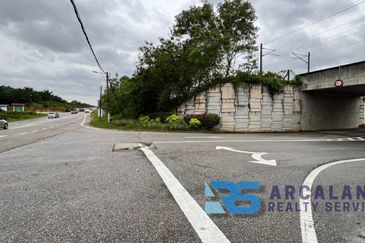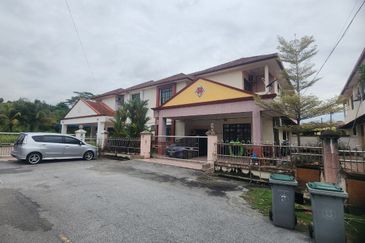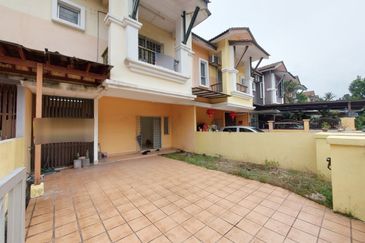
STANDING at the corner of Leith Street in George Town, Penang is the iconic indigo blue-walled Cheong Fatt Tze Blue Mansion.
Featuring an eclectic blend of Hakka and Teochew influence in design, the mansion, which was constructed during the 19th century, fell into a state of disrepair after the passing of its founder in 1916. The mansion was redeemed by Penang conservationists who purchased the building when Cheong’s last son and heir passed away in 1989.

Following six years of restoration work, The Blue Mansion — once home to the Chinese Vice-Consulate and the family of entrepreneur Cheong Fatt Tze’s seventh wife — was reopened as a boutique hotel, in-house museum and restaurant in 1995.
The restoration effort won the Malaysian Institute of Architects (PAM) Architecture Award in Recognition of Design Excellence in 1995 and Unesco’s Most Excellent Project in the Asia Pacific Heritage Award in 2000.
The mansion, along with other notable landmarks such as the Suffolk House, is just one of the many examples of successful adaptive reuse.
Conservation architect and Arkitek LLA director Laurence Loh, who was heavily involved in the restoration works for both buildings, says the conservation, adaptation and reuse of existing buildings is conducive for parties who are interested in restoring a building’s function and those who see a value in it.

“Additionally, these could be early modern structures that can still be reused economically and generate recurring income without having to be demolished and redeveloped in the short to medium term,” says Loh, who is also a director at Think City Sdn Bhd. A wholly-owned subsidiary of Khazanah Nasional Bhd, Think City is a community-based urban regeneration body that spearheaded urban regeneration in the George Town Unesco World Heritage Site, and is now expanding its initiatives to Kuala Lumpur, Butterworth and Johor Bahru.
Loh says adaptive reuse is particularly attractive if the buildings are situated within well-conserved historic enclaves, as this offers continuity, authenticity and a critical mass for effective area marketing.
His advice on deciding on suitable new uses for old buildings is to consider the one closest to its original use, or that takes into account the carrying capacity, construction, craft, climate and contemporary needs.
“With regards to the law, the uses for conservation zones or areas should be specified. Planning must be seen as an enabling tool to benefit the citizens as a whole. Besides having stringent conservation guidelines regarding the use of traditional or sympathetic materials, the local authority or heritage agencies can alleviate the financial burden by giving out grants and tax incentives,” he says.
The economic potential of heritage properties have not gone unnoticed, particularly among foreign investors who have in recent years taken a keen interest in acquiring pre-war shophouses in Penang and converting them for adaptive reuse, following George Town’s designation as a Unesco World Heritage Site.
Gentrification must be accompanied by enlightened cultural retention policies, which, unfortunately, in most planning environments are currently non-existent, Loh says.
In terms of legislation concerning adaptive reuse and heritage properties, he says laws need to be strengthened because they are inadequate and often drafted in haste.
One of the major challenges of property owners considering adaptive reuse for heritage buildings is the real estate play. “If there is money to be made, heritage is often forgotten,” Loh quips.
There is much to be learnt from markets like Hong Kong, where the government has a programme on adaptive reuse for government properties called “Revitalising Historic Buildings Through Partnership Schemes”, says Loh.
“There are many case studies, especially in financing and enabling instruments. Malaysia could easily follow the model instead of trying to monetise land through real estate play,” he says.
Loh’s experience in heritage conservation projects such as The Blue Mansion and Suffolk House has greatly influenced his architectural practice and ongoing work. “It has taught me that the walls speak to you and that in order to maintain, retain or create places with soul, we first have to understand the concept of “Spirit of Place” and learn how to endow a space with value,” he says.
This story first appeared in TheEdgeProperty.com pullout on Oct 7, 2016, which comes with The Edge Financial Daily every Friday. Download TheEdgeProperty.com pullout here for free.
TOP PICKS BY EDGEPROP

Kawasan Perindustrian Taman Johor
Johor Bahru, Johor

Sri Anggerik 2 Apartment
Bandar Kinrara Puchong, Selangor























